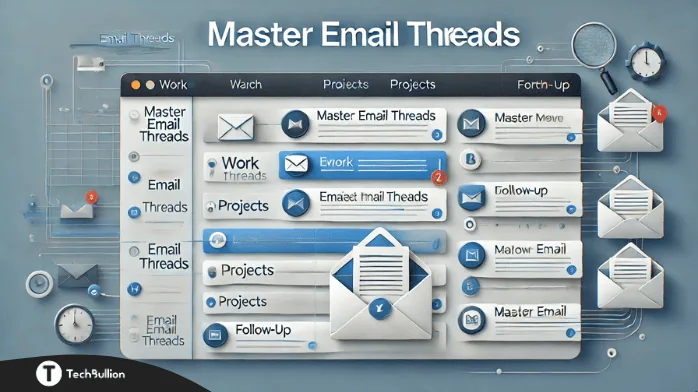
Buying a Tesla has become synonymous with electric vehicles, combining cutting-edge technology, sustainability, and futuristic design. If you’re considering Tesla, you’re not alone. With its innovative features and environmental appeal, Tesla has captured the imagination of car enthusiasts and eco-conscious drivers alike.
But purchasing a Tesla isn’t just about picking a model and signing the paperwork. There’s a lot to understand before you make your decision. From understanding the different models to knowing the long-term costs and maintenance, this comprehensive guide will help you make an informed choice.
1. Why Buying a Tesla?
Tesla stands out in the electric vehicle (EV) market for multiple reasons:
- Brand Appeal: Tesla is a leader in EV innovation, offering sleek designs and advanced features.
- Environmental Impact: By driving a Tesla, you contribute to reducing greenhouse gas emissions and dependence on fossil fuels.
- Cost Savings: Over time, you save on fuel costs and maintenance compared to traditional internal combustion engine vehicles.
The brand offers more than just cars; it represents a lifestyle change. Understanding these benefits is crucial when deciding to invest in a Tesla.
2. Understanding Tesla’s Models
Tesla offers a range of vehicles tailored to different needs and preferences. Before buying a Tesla, it’s important to choose the right model for you:
- Model S: A luxury sedan with impressive performance and long-range capabilities, ideal for those who want premium features.
- Model 3: Tesla’s most affordable and compact option, perfect for urban drivers or those entering the EV market.
- Model X: A spacious SUV with falcon-wing doors, designed for families and road-trip enthusiasts.
- Model Y: A versatile crossover with more storage space than the Model 3 but similar affordability.
Each model has unique features and price points, so take the time to compare them based on your needs.
3. The Costs of Owning a Buying a Tesla
While Tesla vehicles have lower running costs compared to gas-powered cars, the initial purchase price is significant. It’s essential to factor in all costs:
- Purchase Price: Tesla’s vehicles range from $40,000 to over $100,000 depending on the model and customization options.
- Charging Costs: Although cheaper than gas, electricity costs can vary depending on your location and charging habits.
- Insurance: EVs can sometimes have higher insurance premiums, so shop around for quotes.
- Maintenance: Teslas don’t require oil changes, but you’ll still need to budget for tire replacements and occasional repairs.
4. Charging: What You Need to Know
Charging is one of the most critical aspects of owning a Tesla. Here’s what you should know before buying:
- Home Charging: Installing a Tesla Wall Connector at home provides the most convenient and cost-effective charging solution. This requires a one-time installation cost but offers long-term convenience.
- Superchargers: Tesla’s Supercharger network allows for fast charging on the go. While slightly more expensive than home charging, it’s essential for long trips.
- Charging Etiquette: Always unplug your car once it’s fully charged at public stations to avoid unnecessary fees and free up the charger for others.
Understanding how and where you’ll charge your Tesla will ensure a smoother ownership experience.
5. Software Updates: A Continuously Evolving Experience
Tesla’s vehicles are unique in that they receive over-the-air software updates, enhancing features and adding new capabilities. These updates:
- Improve vehicle performance and security.
- Introduce new features, like improved navigation or self-driving enhancements.
- Require no trips to a service center, keeping your car up to date effortlessly.
However, it’s important to stay connected to Wi-Fi or a strong mobile signal to ensure these updates download and install properly.
6. The Autopilot and Full Self-Driving Debate
One of Tesla’s most talked-about features is its Autopilot and Full Self-Driving (FSD) capabilities. While they offer impressive driver-assistance technologies, it’s vital to understand their limitations:
- Autopilot: Assists with steering, acceleration, and braking, primarily on highways.
- Full Self-Driving (FSD): Adds more advanced features, such as automated city driving and parking, though it’s not fully autonomous yet.
Keep in mind that FSD comes at a significant additional cost and requires regular updates. Evaluate whether these features align with your driving habits and budget.
7. Environmental Impact: Making a Difference
Tesla’s mission is to accelerate the world’s transition to sustainable energy. By buying a Tesla, you contribute to reducing carbon emissions. However, consider the following:
- The electricity used to charge your Tesla may come from renewable or non-renewable sources, depending on your location.
- Tesla’s battery production does have an environmental footprint, but it’s mitigated by the long-term emissions savings.
For the most eco-friendly experience, consider pairing your Tesla with solar panels or choosing renewable energy plans.
8. Long-Term Value
Owning a Tesla is a long-term investment, and its value extends beyond financial savings:
- Resale Value: Teslas tend to hold their value well compared to other EVs.
- Performance Longevity: Tesla batteries are designed to last hundreds of thousands of miles with minimal degradation.
- Lifestyle Benefits: From a quieter ride to reduced trips to gas stations, owning a Tesla simplifies and enhances your daily life.
9. Tips for First-Time Buyers
If you’re buying a Tesla for the first time, keep these tips in mind:
- Test drive different models to find the one that fits your needs.
- Explore Tesla’s financing and leasing options to determine the best payment plan.
- Research local EV incentives and tax credits to reduce your upfront costs.
- Familiarize yourself with Tesla’s mobile app, which acts as your key, charger monitor, and vehicle control center.
10. Common Myths About Buying a Tesla
Let’s debunk a few misconceptions about buying a Tesla:
- “Electric cars don’t have enough range.” Modern Teslas offer ranges of up to 400 miles, suitable for most drivers.
- “Maintenance is expensive.” Teslas require less maintenance than gas cars, saving you money in the long run.
- “Charging is inconvenient.” With home chargers and an extensive Supercharger network, charging has become easier than ever.
Conclusion: Is Buying a Buying a Tesla Right for You?
Buying a Tesla is more than just acquiring a car—it’s joining a movement toward innovation and sustainability. While the benefits are numerous, it’s crucial to weigh your options, understand the costs, and prepare for the responsibilities of owning an EV.
By following the tips and insights outlined in this guide, you’ll be well-equipped to make an informed decision. Whether it’s the sleek Model S, the affordable Model 3, or the family-friendly Model Y, Tesla has something for everyone.
Take your time, do your research, and enjoy the journey of owning one of the most innovative vehicles on the market. When you’re ready, Tesla will be waiting to welcome you to the future of driving.






